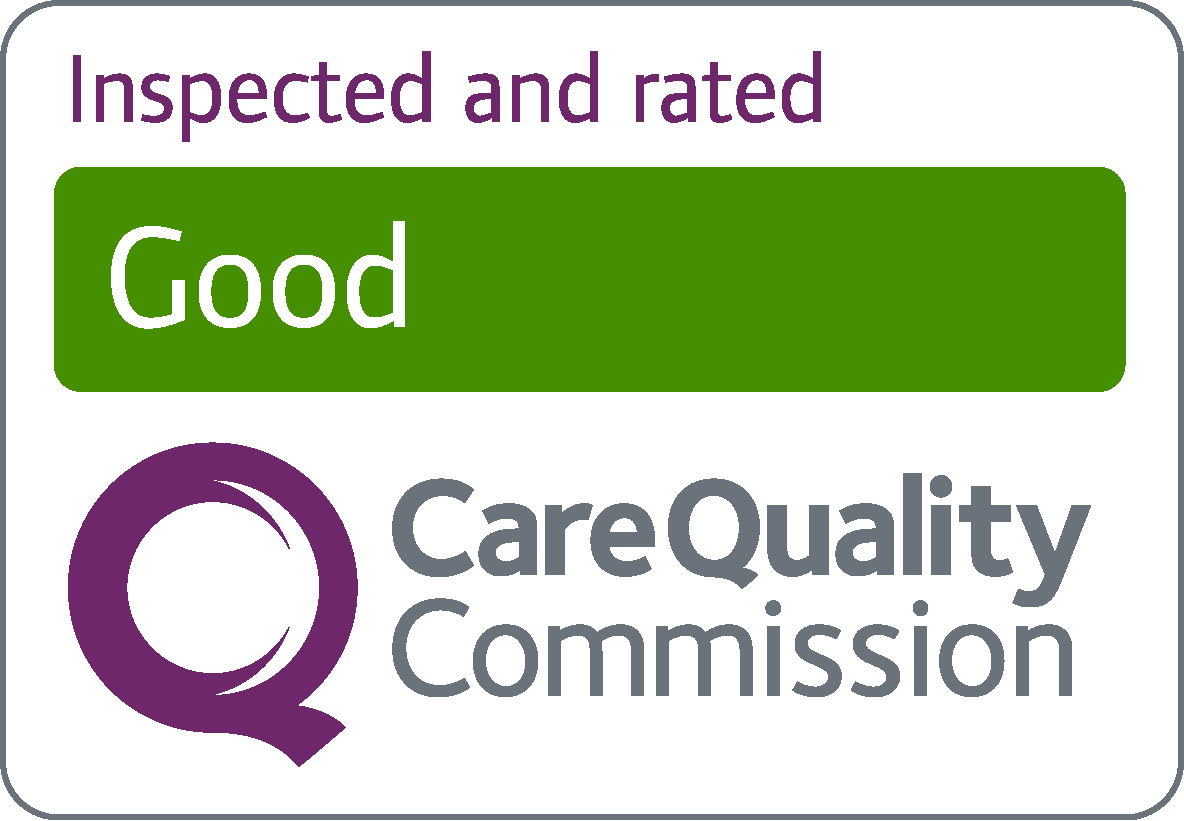Blepharitis
Blepharitis symptoms often come and go.
Symptoms of blepharitis include:
- sore eyelids
- itchy eyes
- a gritty feeling in the eyes
- flakes or crusts around the roots of the eyelashes
- eyelids sticking together in the morning when you wake up
If you're not sure it's blepharitis
Do
clean your eyelids twice a day
continue to clean your eyes, even if your symptoms clear up
Don't
do not wear contact lenses while you have symptoms
do not use eye makeup, especially eyeliner and mascara, while you have symptoms
- Soak a clean flannel or cotton wool in warm water and place it on your closed eyelid for 5 to 10 minutes.
- Gently massage your eyelids for around 30 seconds.
- Clean your eyelids using cotton wool or a cotton bud. It might help to use a small amount of baby shampoo in water. Gently wipe along the edge of your eyelids to remove any flakes or crusts.
A pharmacist can help with blepharitis
A pharmacist might be able to suggest things to help keep your eyelids clean, including:
- eye pads and wipes
- eyedrops
See a GP if:
- blepharitis symptoms do not improve, or get worse
A GP might suggest using an antibiotic cream or ointment that you rub on your eyelid if your blepharitis does not clear up after cleaning your eyelids regularly.
If blepharitis has caused other problems, such as a lump of fluid under the skin (cyst), antibiotic eyedrops or tablets may be recommended.
If your blepharitis is severe, or if you also have other eye symptoms, the GP may refer you to an eye specialist (ophthalmologist).
Ask for an urgent GP appointment or get help from NHS 111 if you have:
- pain in your eyes
- changes to your vision, such as vision loss or blurred vision
- very red eyes
These can be signs of a more serious eye problem.
You can call 111 or get help from 111 online.
Blepharitis can be caused by:
- a type of bacteria that lives on the skin
- a skin condition, such as seborrhoeic dermatitis
- the glands inside the eyelids not producing enough oil
Blepharitis cannot be spread to other people.

